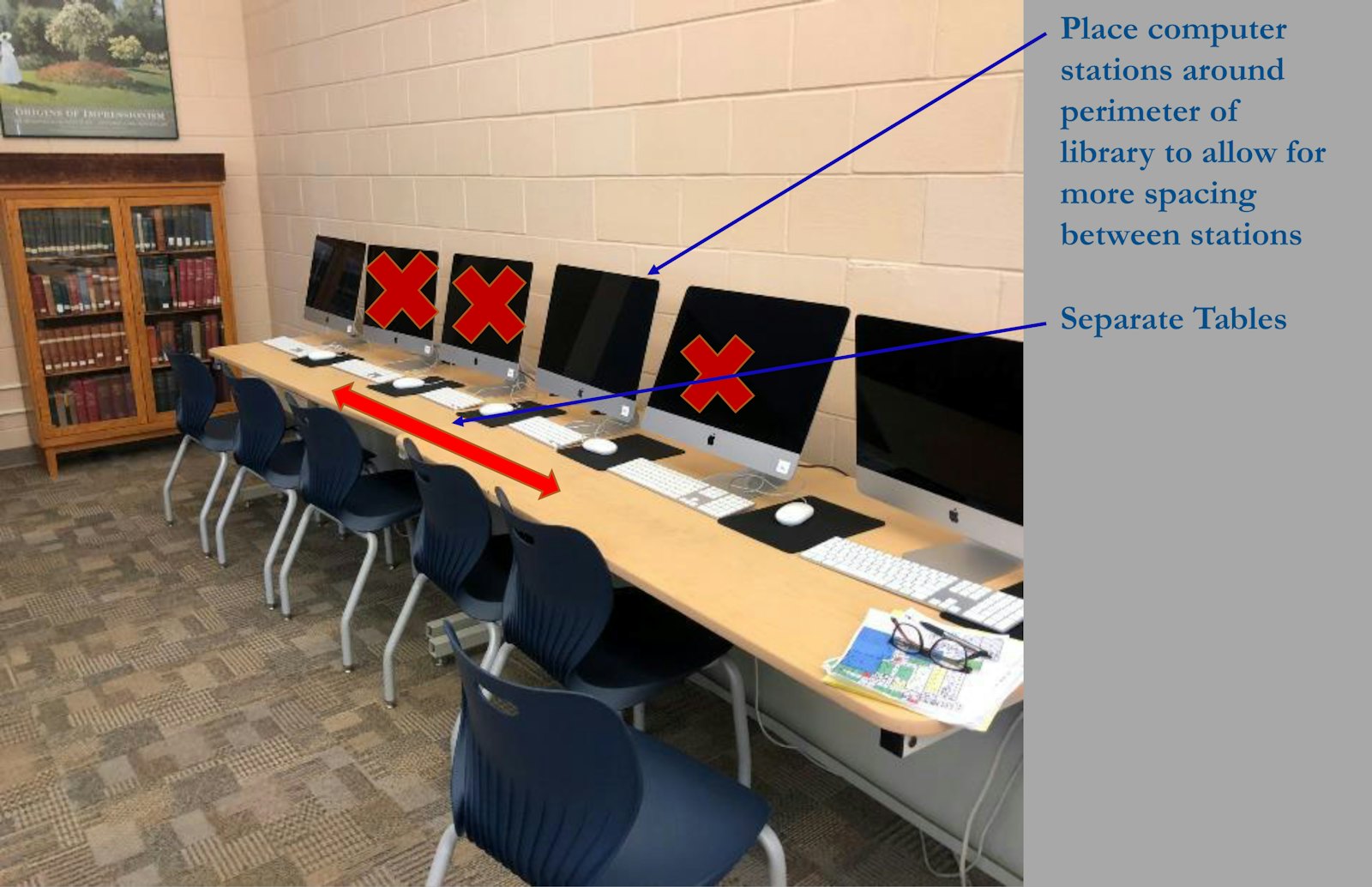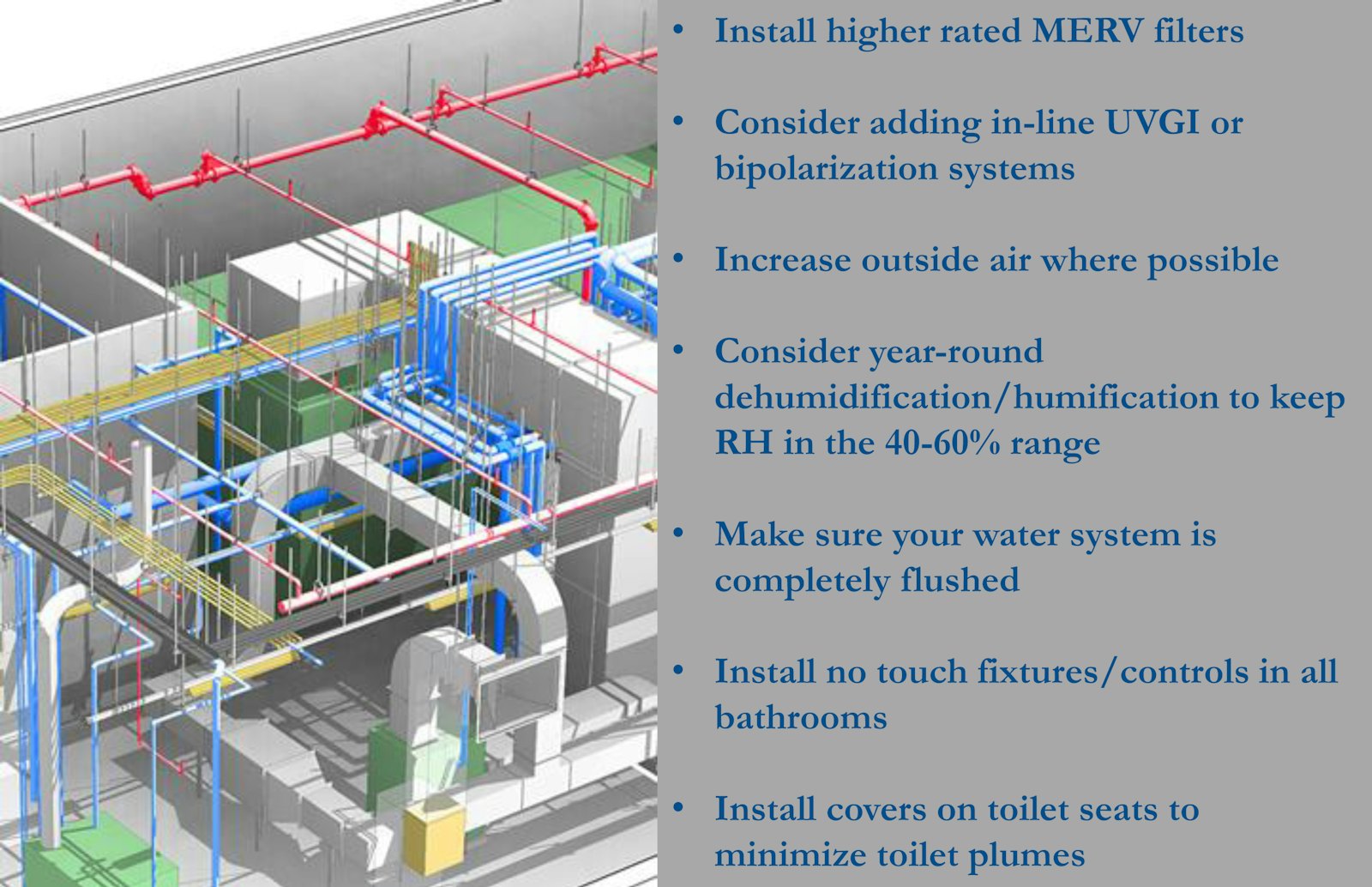Seven Steps to Student Safety
Four months in, I don’t need to tell you that the COVID-19 pandemic has been life altering. This is especially true for schools, who spent the spring figuring out distance learning essentially on the fly. Now they’re knee deep in fall planning, with the goal of safely welcoming students back to campus.
Most schools don’t have the resources to make drastic changes to their infrastructure in just two months. In order to bring students back safely under CDC and local government guidelines, a number of interventions are required. For one school I know well – and I suspect many others – that means completely rethinking its approach to education.
Many moons ago, I attended The Williams School, a college prep day school for grades 6-12 in New London, Connecticut. Now a trustee, I reached out to Williams Head of School Mark Fader and offered to help any way I could. Mark and I set out to analyze the school’s physical operation for both the short and long term.
Mark shared a few of bigger picture philosophies that he is incorporating at Williams, which provided guidance.
- The school will adopt a hybrid model of education, that is, a mixture of in-person and virtual learning. Virtual learning will accommodate those who are not able to physically attend school, or are simply not comfortable with returning there.
- There’s no such thing as a sacred space in the school. Though a space may be used for one purpose, that use for the coming school year will be re-evaluated. For example, the band room may be repurposed to accommodate larger core subject classes.
- Though they will strive to accommodate normal faculty teaching, all aspects of the school day will be analyzed. That includes everything from class meeting schedules to the type and location of classroom furniture.
With that, I went to work. Some things, like spacing out desks in a six-foot radius, installing hand sanitizer dispensers, and doing away with self-serve food stations in the lunch room were already planned. Some changes were less obvious, but easy enough to make. Others were a direct result of Mark’s willingness to reconsider the “that’s how we’ve always done it” mentality.
Here are the possible changes for the coming school year.
- Increase awareness of policies and best practices through optimized signage.
- Establish clear pathways and procedures for entry and exit through both exterior and interior doorways.
- Reduce, yet optimize classroom occupancy by consolidating the number of tables, including student and teacher desks, and shared tables.
- Maximize space by minimizing clutter. For some materials, the question will need to be asked, “Do we really need this?” And if so, “Where can it be stored?” This will also aid in reducing the number of objects that are touched simply just to move them around.
- Discontinue use of student lockers. Hallway lockers inhibit the flow of safe social distancing passage. They also attract impromptu student gatherings.
- Remove benches and other furniture in common areas that promote group socializing. These pieces can be replaced by single seats located a safe distance apart.
- Community areas such as the lunchroom, library, computer room, art room, and fitness room should either remove, space out, or replace existing seating and equipment.
Though none of these interventions are revolutionary, we hope that at least a few of them are helpful. We’re also happy to assist other institutions on a case-by-case basis.
It should also be noted that technological enhancements to classrooms will, in most cases, be necessary to facilitate the hybrid model where students in a particular class are learning from the classroom and from home simultaneously. Equipment needs can include follow cameras, microphones, speakers, and upgraded lighting. We intend to delve deeper into this in a future post.
Beyond this “band aid” approach of quickly getting schools ready for the fall semester, there’s also considerable thought being given to how schools can best utilize their spaces long term. Will schools return to their previously normal operations, or will they forever be changed? And how can we better prepare for the next pandemic. As with all aspects of design, we’re always learning.
Additional Resources
We're using cookies to deliver you the best user experience. Learn More






